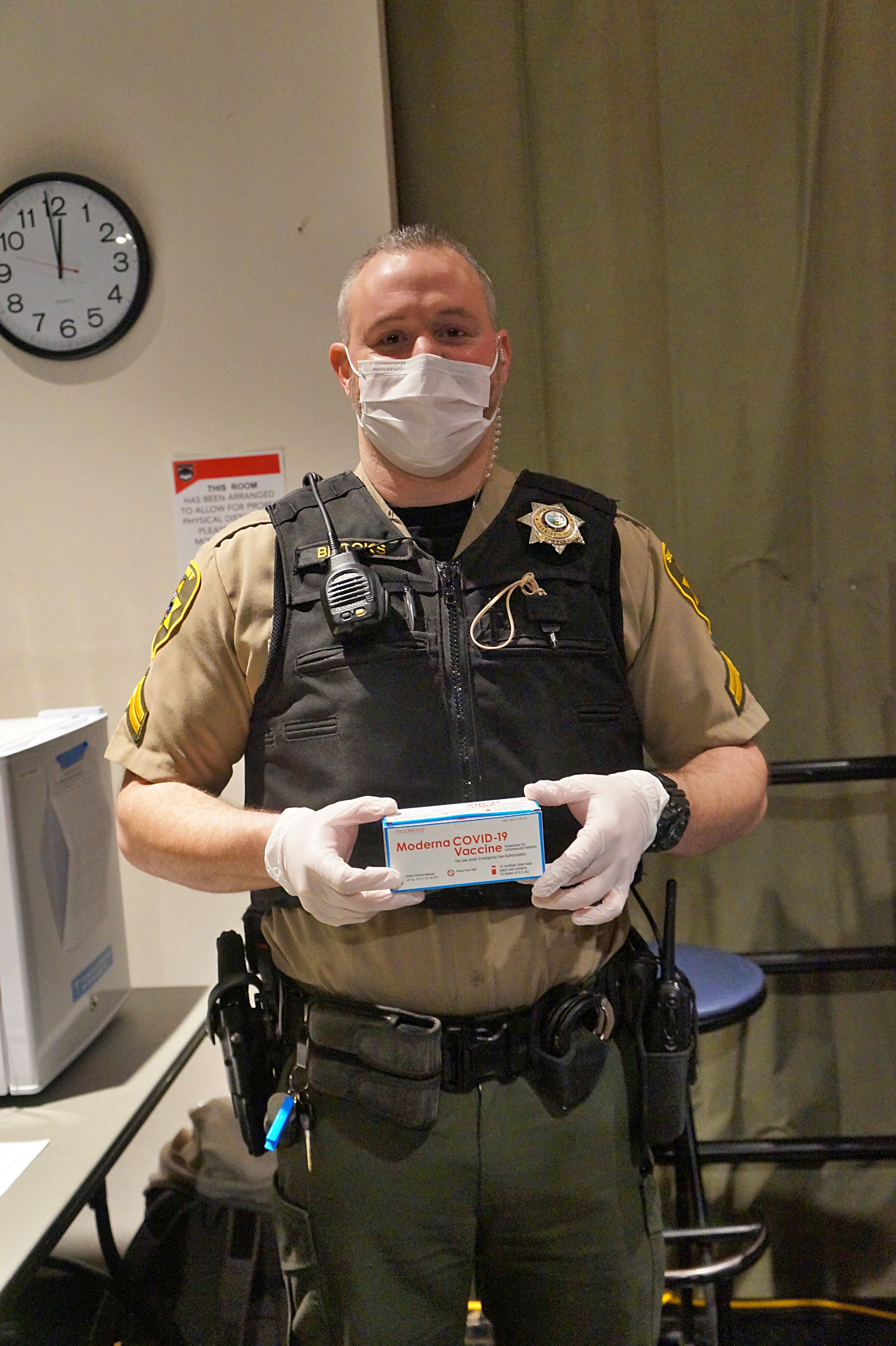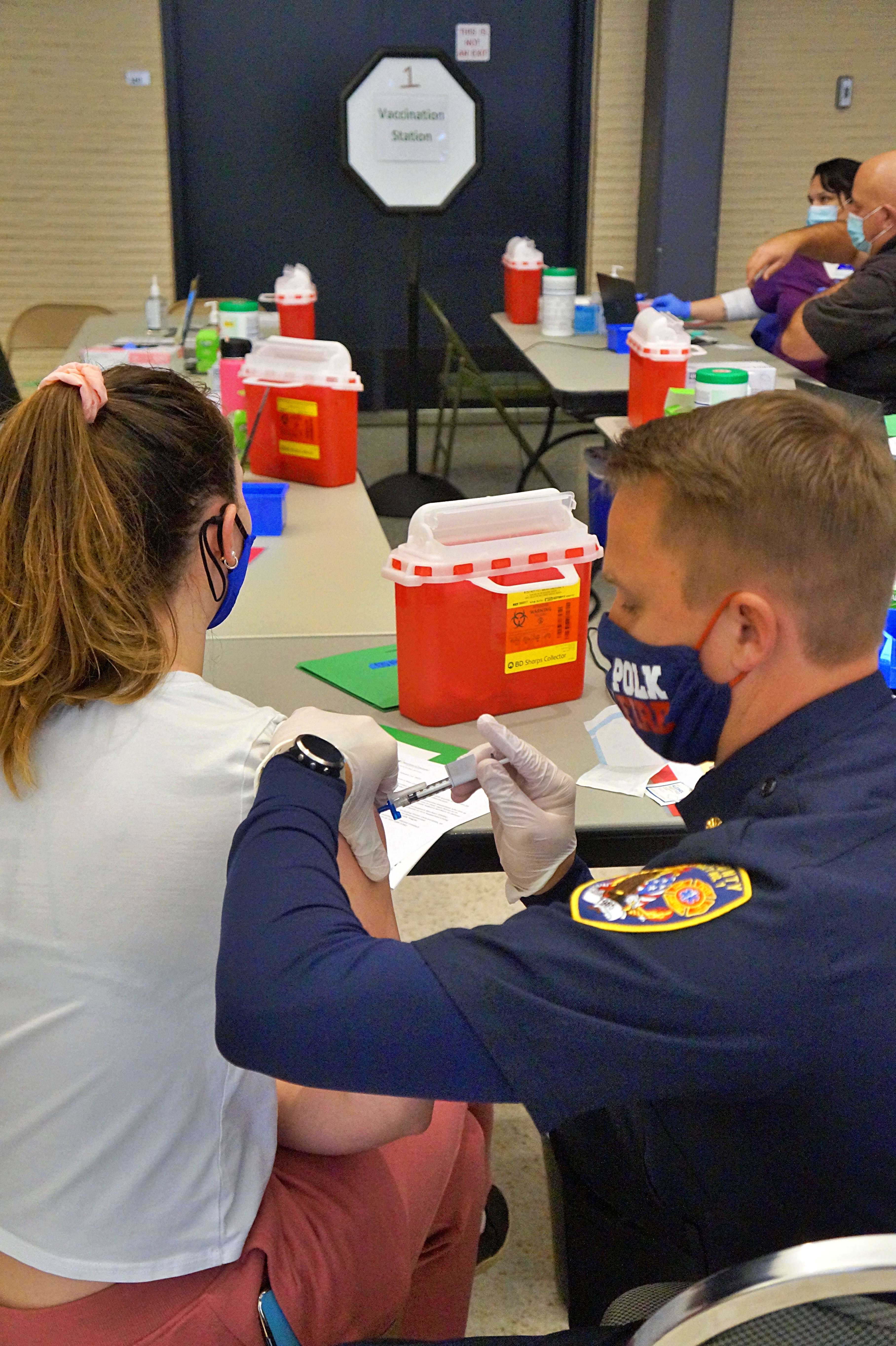Five precautions to take if traveling for Spring Break
Allison Vanderzanden | Lifestyle Editor
This Spring Break may look similar to the one in 2020, but luckily, we’ve had much more time to prepare for 2021. While the Center for Disease Control and Prevention continues to discourage unnecessary travel, it cannot be denied that many of us are ready to get out and enjoy the break. If leaving home or school for Spring Break, follow these tips for safe travels.
Consider household members: Remember that traveling can also put roommates and family at risk for COVID-19 upon returning. Plan a trip with household members to keep social circles small, and self isolate for one week after arriving home. Or, hold off on traveling entirely if someone is at high risk for contracting COVID.
Plan ahead: COVID regulations change constantly, and every place has different requirements for travelers. Research the destination’s local, statewide and nationwide regulations about travel, lodging, entertainment and eateries beforehand. Get tested for COVID one to three days before leaving, and print out negative test results to present just in case.
Car or plane?: While planes have great air circulation, crowded airports do not, making contracting COVID more likely when traveling by plane. Road trips are easier to maintain social distancing, even with stops for gas and rest areas. Packing food from home can also prevent exposure at restaurants or grocery stores. If still planning to fly, double check requirements for travel ⏤ such as presenting a negative COVID test ⏤ and try to avoid layovers.
Pack the new essentials: Among a toothbrush and a phone charger, some new items have become essential for travel. Don’t forget to pack masks and extra filters, hand sanitizer with at least 60% alcohol content, disinfecting wipes and disposable gloves. Always wear a mask in shared spaces, like rest areas and hotel hallways, and use hand sanitizer regularly if soap and warm water is not available.
Take it outside: The COVID virus is much less likely to spread in well ventilated areas where social distancing can be maintained, so try to spend Spring Break outdoors. Take a day trip to a park or beach, go camping or enjoy outdoor activities such as swimming and hiking. If visiting with others, sit outside to eat and chat if possible.

Contact the author at avanderzanden19@mail.wou.edu




